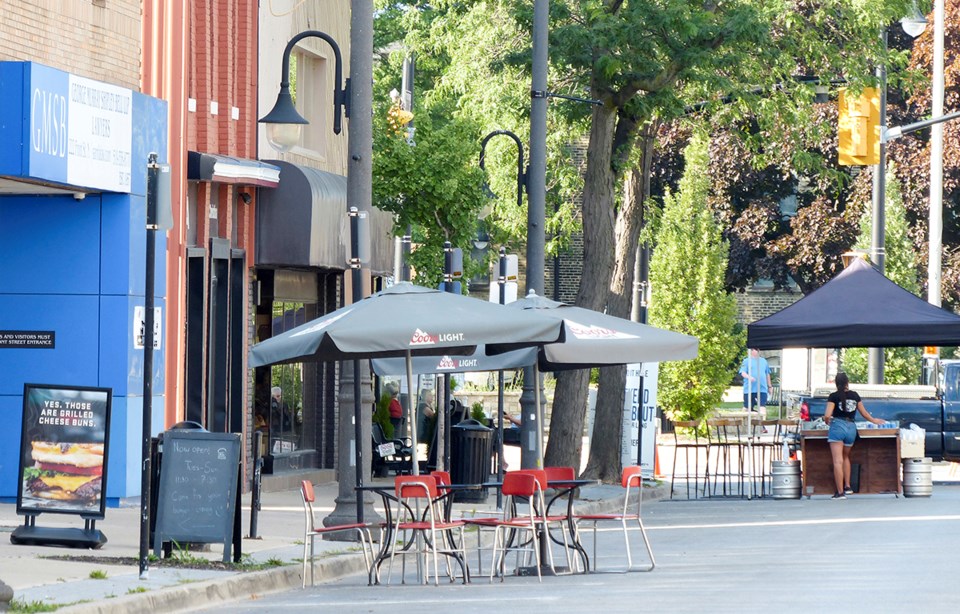Cathy Dobson
COVID-19 has thrown a wrench in the long and complex process of establishing a Business Improvement Area (BIA) for downtown Sarnia.
The pandemic interrupted city staff’s work on a report to council last winter, and it may have impacted the number of commercial ratepayers willing to pay a special BIA levy, says Sutheat Tim, director of Sarnia’s legal and clerk services department.
In July, council postponed a decision on establishing a BIA to allow more time for feedback from downtown ratepayers.
If a third or more of the downtown stakeholders who would have to pay a special levy don’t want one, council can’t support creation of a BIA.
And the delay has renewed debate on its pros and cons.
“Every property owner I talk to, supports it,” says Terri O’Brien of Feather Your Nest on Front Street. “If we had a BIA during COVID, downtown businesses would have been privy to more education, more grant information, and all kinds of other benefits.”
A BIA would give downtown business a unified voice and a direct means of tapping into municipal and provincial resources, O’Brien added.
But others including Richard Belanger, who owns several downtown buildings and rents to various businesses, says now is not the time to add what he views as another tax.
“Everyone is pinching their pennies,” said Belanger. “People are just scraping by, so why ask them to pay more?”
Chris Yurchuk, owner of Lilith Boutique and one of Belanger’s tenants, said she hears little support for the concept.
“It feels like they are beating a dead horse,” she said. “I don’t want a BIA. It’s just an added expense and this is a ridiculous time for that.”
Proponents, including city Coun. Nathan Colquhoun and realtor Patrick Coutu, have estimated a BIA could operate on a $90,000 annual budget. The special level could be as low as $150 for every $100,000 of commercial assessment.
“I think it would be even lower,” said O’Brien. “I look at it as an investment in your property.”
BIAs are commonplace in shopping areas across Ontario, she noted. “They co-ordinate business plans for the entire area, help with beautification, and develop a vision for the downtown community.”
Sarnia’s downtown had a BIA until the 1990s when it shut down due to lack of funds.
To establish a new one, all property owners between Wellington Street and Derby Lane are legally required to report to the clerk’s office by Sept. 21 and provide a list of tenants.
That was done last year but needs to be repeated, said Tim. So far the response rate has been very low, he added.
There are about 204 commercial property owners on the city’s tax roll in that defined area. Many rent to tenants, and some of those renters have a say in whether Sarnia gets a BIA.
Once the property owners respond, those who would potentially pay the special BIA levy and don’t want to, can formally register their objection by Oct. 19.
Last time around, 32% objected, just shy of the 33% mark that prevents a city council from approving a BIA, according to the Municipal Act.
Financial hardship brought on by the pandemic may increase the rate of opposition, said Tim.
That’s why council voted 8-2 in favour of tabling the issue in July and restarting the process.
For more, visit https://www.speakupsarnia.ca/downtown-bia
